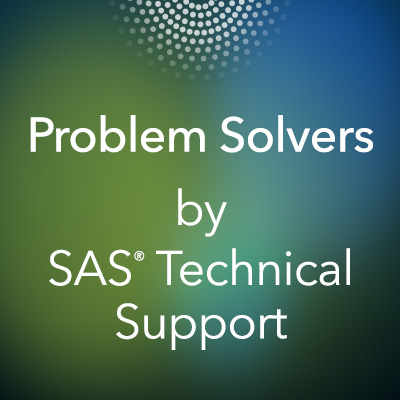
Here are some of the basic parts of SAS program for all those SAS users who are beginner in SAS field should have a quick look over it.
All the beginners might be aware about the two building blocks in the SAS program: DATA ‘steps’ and PROC (procedures). Let us discuss as shown below:
- There is no requirement for SAS procedures for execution of data step before them
- OPTIONS to manage the appearance of output and log files.
- You manipulate the data i.e. creating variables, recoding etc in DATA step. The data step sets the format as per the requirement of SAS i.e. in a format that SAS can understand
- A SAS data file can have upto three parts. Headers, matrix of data values and indexes. Now headers contain the descriptive information of dataset contents. Indexes to be saved in separate physical files. But still SAS consider indexes as a part of data file. If index is present, it should not be removed from the directory where the data file exists in.
- In SAS, the execution of the data step is done statement by statement and observation by observation.
- Missing values are denoted by period (“,”). Most operators circulate missing values. Let’s take an example. If there are three values say, (v1, v2, v3) and v2 is missing for observation 10, then missing value for observation 10 will be obtained by creating sum total of all three values i.e. (v1, v2, v3)
- For the sum of non-missing values, use SUM function: total=sum (v1, v2, v3). But take a note that for comparison operators, SAS treats missing values as infinitely negative numbers.
- To run statistics on data sets. PROCs are used. In turn it can generate datasets as output. Output data sets are extremely useful
- For DATA step and PROC boundary In windows, the procedures must end with a “RUN;” statement.
- In UNIX, it is not necessary to end procedure with “RUN;” statement as SAS reads the entire program in the earlier stage itself before execution. It determines DATA step boundaries when it stumble upon the PROC and it knows the boundary of PROC when followed by another PROC or DATA step
Hope so it may help you to regain your practice hours of SAS learning. You can share your view.
Kindly visit us at :http://epochresearchinstitute.com
Inquire more about right course selection of SAS for your career on info@epoch.co.in
Kindly visit us at :http://epochresearchinstitute.com
Email us: info@epoch.co.in
Contact us: +91 79 40327000
Epoch Research Institute Links:
Email us: info@epoch.co.in
SAS Training & Placement Programs with Internship: Epoch Research Institute India Largest and Oldest #SASTraining Institute (#epochsastraining)
EPOCH RESEARCH INSTITUTE OFFERS:
Authorized SAS TRAINING | SAS CERTIFICATION | SOFTWARE PURCHASE | BUSINESS CONSULTING | TECHNICAL SUPPORT ON SAS || SAS STAFFING SOLUTION
#SASELEARNING,#SASELEARNING,#SASONLINETRAINING,
#SASONLINETRAININGFORBEGINNERS,#LEARNSASPROGRAMMINGONLINE,
#SASCLINICALONLINETRAINING,#SASBASEONLINETRAINING
#BIGDATASASTRAININGEPOCH,#SASBIGDATATRAINING #ANALYTICSTRAINING, #SASTRAINING
#SASONLINETRAININGFORBEGINNERS,#LEARNSASPROGRAMMINGONLINE,
#SASCLINICALONLINETRAINING,#SASBASEONLINETRAINING
#BIGDATASASTRAININGEPOCH,#SASBIGDATATRAINING #ANALYTICSTRAINING, #SASTRAINING

No comments:
Post a Comment